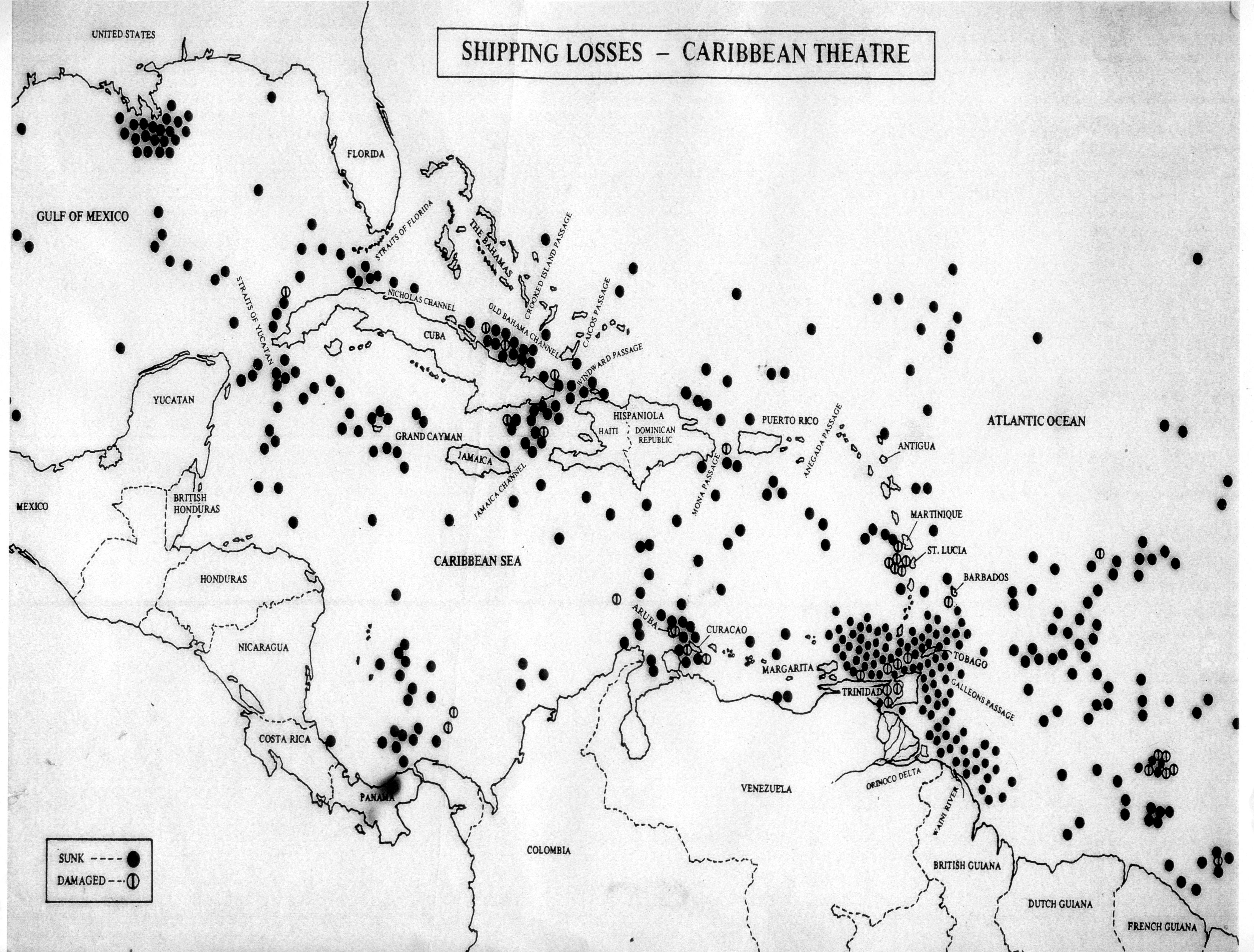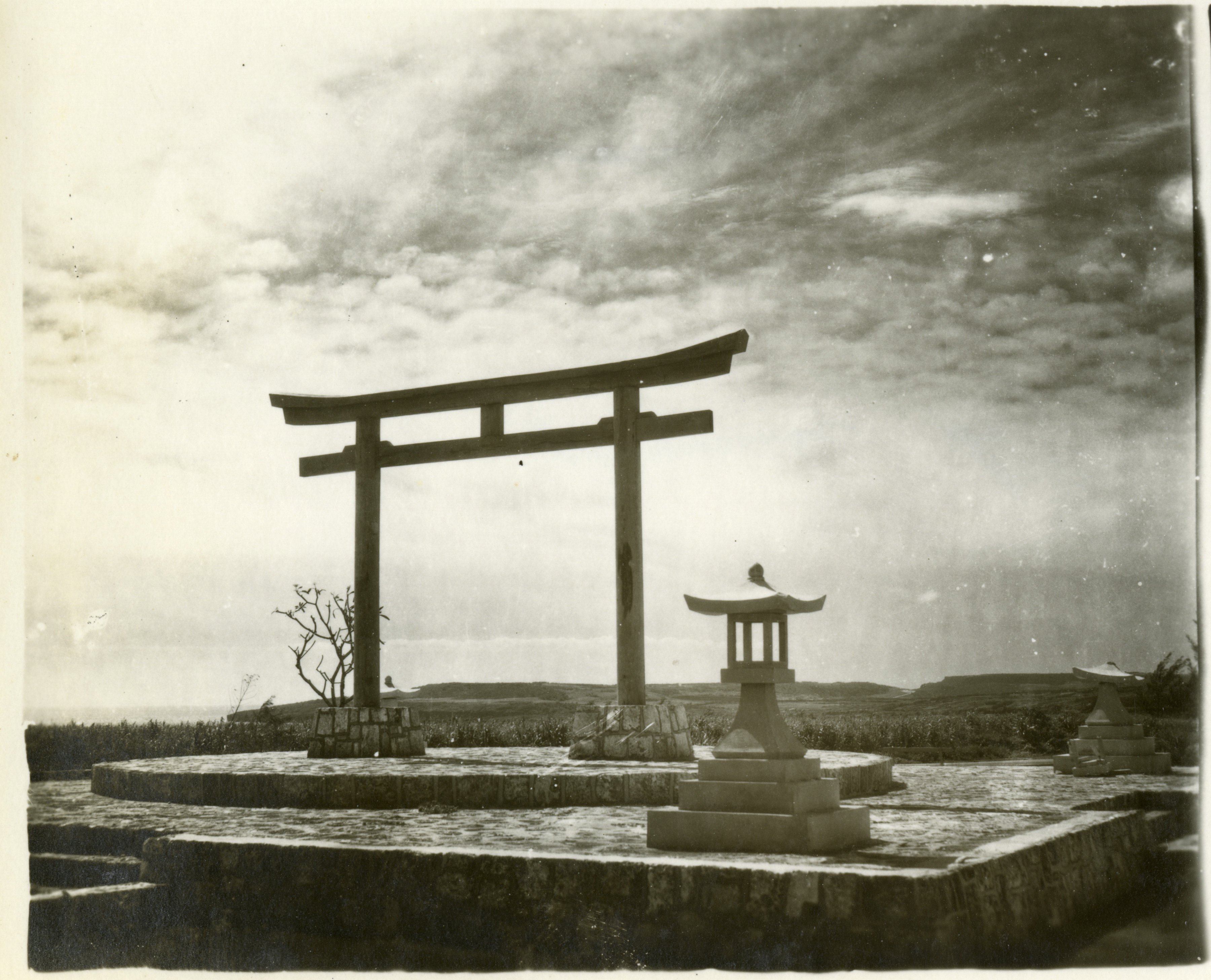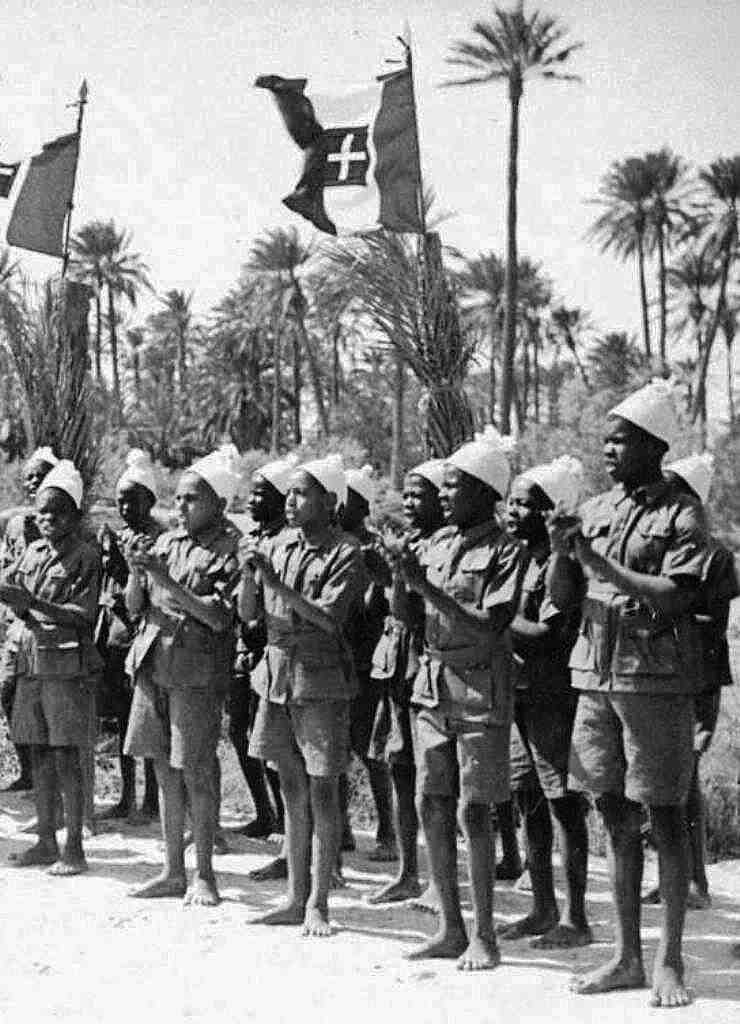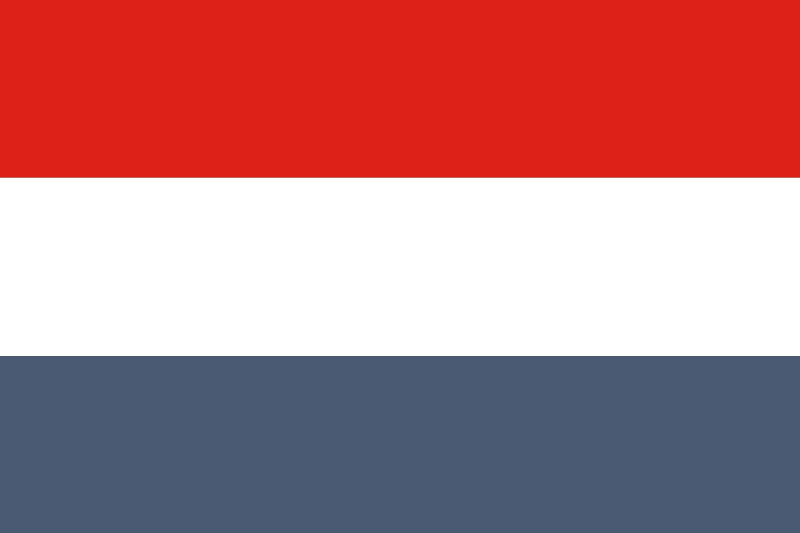Chapter 740: Austrian-Hungarian State Catholicism

Inside of Austria-Hungary, Bishop Alois Hudal had publicly embraced the pan-Germanic national monarchism he had previously condemned, proclaiming that he wished to be a "servant and herald" of "the total German cause" once the Austrian-Hungarian Empire had formed again. As a committed anti-Communist that also opposed liberalism, Hudal had been a critic of parliamentary governance even before the rise of fascism, nationalism, austrofascim and their later monarchic counterparts. His very own ideas were similar to the political and economic ideas of such fascist politicians as Dollfuss and Kurt Schuschnigg (Austria), Franz von Papen (Germany), and António de Oliveira Salazar (Portugal), making Hudal one of the supporters of so called Clerical-Fascism, or Clerical-Fascist-Monarchism, the combination of fascist/ nationalist, royalist/ monarchist and religious ideas into a more clerical/ religious form of Fascist Royalism/ National Monarchism or Austrofascist Monarchism. Arguing that with the reborn National Monarchism inside the Austrian-Hungarian Empire Austria needed a strong unifying National Church itself to unify the multinational nation alongside German dominance and Hungarian support. The best way to do this believed Hudal, was to announce himself Archbishop and leader of the new Austrian Church, that officially made Catholicism the State Religion of the Austrian-Hungarian Empire. Meant to unify the United States of Austria further, not all Catholic Germans, Hungarians, Czechs, Slovaks, Slovenes, Poles and Croats supported this move, but resistance was even greater among the Roman-Catholic, Greek-Catholic, Protestant,Greek Orthodox and Jews, like the Eastern Hungarian, Ukrainian, Romanian, Serbs and Jews. These Orthodox were seen as too close to the Eastern Church that had split from the Catholic one in it's Shizm, but Hudal even disliked the Mohammedans and loyalist of the Ottomans much more then he already disliked the Greek Orthodox, the Greek Orientals and the Evangelic or Jewish minorities inside the United States of Austria. He therefore hoped to mass-convert and challenge them, turning Austria-Hungary into a solely Catholic State as the new Archbishop and leader of the new Catholic Austrian State Church.

In this position he also supported the Ustaše movement led by Poglavnik and Prime Minister Ante Pavelić in Croatia, where the Croatian Catholic Church formed a local Branch of his Austrian-Hungarian Catholic Church. There Cardinal Aloysius Viktor Stepinac (Croatian: Alojzije Viktor Stepinac) was a Croatian prelate of the Catholic Church. A cardinal, Stepinac served as Archbishop of Zagreb from 1937 until his death in 10 February 1960, a period which included the fascist royalist rule of the Ustaše beginning with the Axis Central Power occupation in 1941. The new Austrian National Monarchist Catholic Church, similar to the Imperial French National Monarchist Catholic Church and the Spanish National Monarchist Catholic Church were supported by Pope Pius XII, who himself was under pressure and force by the Italian Kingdom/ Roman Empire to directly support the Axis Central Powers, their governments, parties, ideology and religious ambitions. Archbishop Aloysius Stepinac believed that "Croats and Serbs are of two worlds... that will never move closer to one another without an act of God" and that therefore they alongside Protestants, Jews and Mohammedans had to be forced by the Ustaše and other Austrian Catholic Church groups and supporters to become Catholics or be eliminated, as "The Schism [Orthodoxy] is the greatest curse in Europe, almost greater than Protestantism. There is no morality, no principle, there is no truth, no justice, no honesty in Orthodoxy." To archive this Archbishop Aloysius Stepinac put himself at the top of the newly formed independent Croatian Catholic Church. Archbishop Aloysius Stepinac had before in 1940 celebrated the 700th year of the Franciscan Order (he was a member of), when the order's Minister General Leonardo Bello came to Zagreb for the event. During his visit, Stepinac joined the Third Order of Saint Francis, on 29 September 1940. But Archbishop Aloysius Stepinac also celebrated the period from 29 June 1940 to 29 June 1941 as the overall 1,300 years anniversary of Christianity among the Croats. Now with the political and religious support of the Pope and Archbishop Alois Hudal, Aloysius Stepinac unified the Croatian Catholic church and organizations around himself, subordinating them directly to his authority. He was unable to achieve this, probably because he was young and relatively inexperienced, and did not command the level of respect and authority usually accorded an Archbishop of Zagreb.

In his ambitions Archbishop Aloysius Stepinac was supported by the Ustaše who supported violent aggression or force to convert Serbo-Croatian speaking Orthodox believers to Roman Catholicism. The Ustaše similar to Archbishop Hudal and Stepinac held the position that Eastern Orthodoxy, as a symbol of Serbian nationalism, was their greatest foe and never recognized the existence of any Serb people on the territories of Croatia or Bosnia, as they recognized only "Croats of the Eastern faith". They called Bosniaks "Croats of the Islamic faith", but tolerated Mohammedans and in fact received some support from Bosniak Mohammedans during the Second Great War War as they formed the Handschar Division during the riots, rebellions and uprisings in Austria-Hungarian parts of former Yugoslavia. As a quasi protectorate of Austria-Hungary during the Second Great War and to a extent of the German Empire inside the Axis Central Powers to the Ustaše would control the local Austrian Government, while Archbishop Aloysius Stepinac would control the local church. Together they oppressed local Serbs, Serbian Nationalism and forced Serbs to convert to their Catholic Croatian Church as a part of the Austrian Catholic Church in hopes this would increase their loyalty to the Austrian-Hungarian Empire and decrease their loyalty to other Slavs or the Orthodox Faith that Hudal and Stepinac viewed as a opposition and danger to the Austrian-Hungarian Empire/ United States of Austria. They even religiously encouraged the Ustaše to fight against Protestants, Orthodox, Mohammedans and Jews in a holy crusade by the Croatian Army, as well as the volunteer groups of the the Croatian Division and the Creation Legion that fought not only the various Yugoslav Partisan groups, but also alongside the Eastern Front. Both the Croatian volunteers and the regular Croatian Army, the Ustaše and the Croatian Catholic Church also launched a campaign of genocide against Serbs in Croatia and Bosnia, including concentration camps.


















